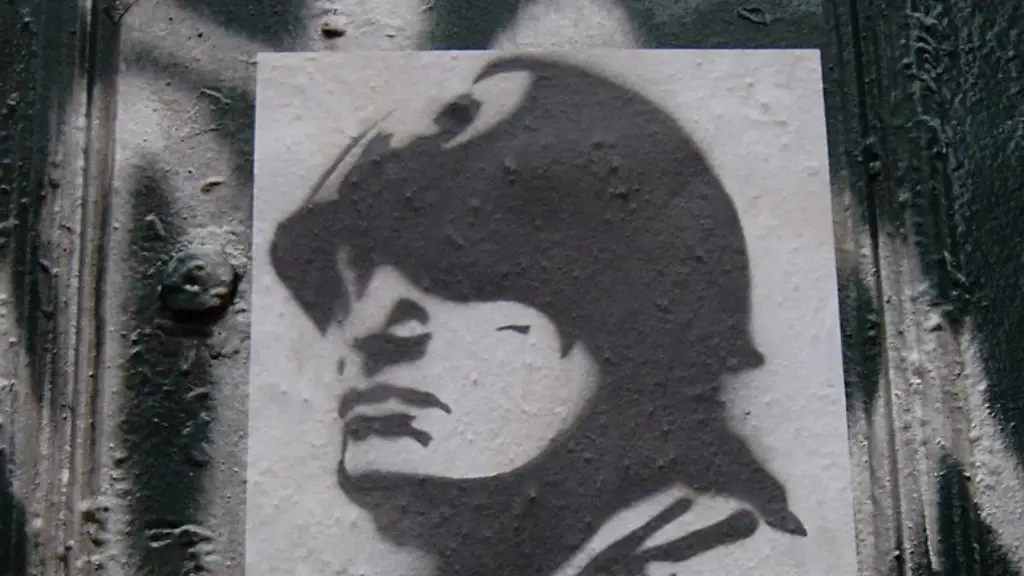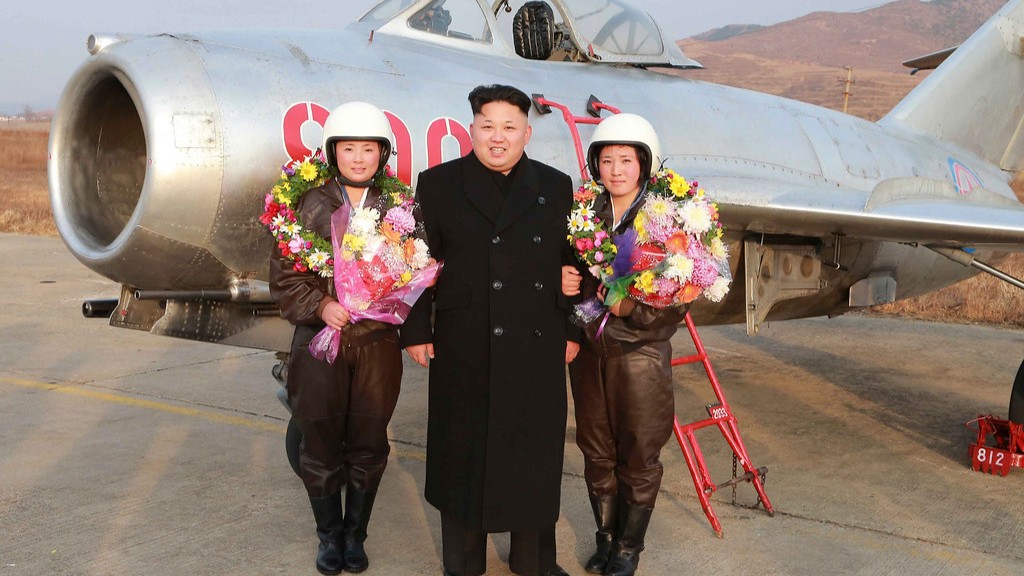In 2006, Saddam Hussein was put to death by hanging, after being convicted of crimes against humanity by an Iraqi court. This marked the end of a tumultuous life for the former Iraqi dictator.
Saddam Hussein’s death signaled the end of an era in Iraq. Saddam had ruled Iraq for nearly 30 years, and his death sent shockwaves throughout the country. After Saddam’s death, Iraq descended into a period of chaos and violence. Shiite and Sunni militias battled for control of the country, and innocent civilians were caught in the crossfire.
The instability caused by Saddam’s death ultimately led to the rise of the Islamic State of Iraq and Syria (ISIS). ISIS took advantage of the chaos in Iraq to gain a foothold in the country, and ultimately declared a caliphate in 2014.
The death of Saddam Hussein was a turning point in Iraq’s history, and the country has been struggling to recover ever since.
After Saddam Hussein’s death, his body was taken to his hometown of Ouja, where he was buried in a simple grave within 24 hours of his death, in accordance with Islamic tradition.
What happened to Iraq after Saddam?
The decision to bar the Baath Party from participating in the new Iraqi government created a political vacuum that was exploited by extremists. This, coupled with the US decision to disband the Iraqi Army, led to a power struggle that continues to this day. The result is an Iraq that is still struggling to find its way after decades of dictatorship.
The execution of Saddam Hussein was a controversial event that divided opinion both within Iraq and internationally. Some people believed that it would help to boost morale in Iraq, while others feared that it would incite further violence. Many in the international community supported Saddam being brought to justice but objected in particular to the use of capital punishment. Saddam’s supporters condemned the action as unjust.
What did Saddam say before he died
Saddam Hussein was executed at dawn on Saturday, December 30, 2006. A government official confirmed that Saddam died instantly when he was hanged. The official said that Saddam appeared to be very calm and did not tremble. He added that Saddam recited the Muslim profession of faith before he died.
It’s hard to believe, but Iraq was actually once a peaceful country. After it gained independence from British rule, there were a few decades of relative peace. The Iraq of the 1950s and 1960s was calm, albeit with limited violence.
Was Iraq better under Saddam?
Before any American intervention, Iraq was a safer and wealthier place to live. The American support for Saddam and their later war and sanctions on him made Iraq a terrible place to live. It is no surprise that Iraqis had grown sick of their way of life.
Hussein was a controversial leader, but there is no denying that he made significant changes in Iraq during his time in power. He used the country’s oil wealth to improve infrastructure and living conditions for the people, and while not everyone benefited equally, his efforts did improve the overall quality of life for Iraqis.
Did the US support Saddam Hussein?
This is despite the fact that the Iraqi military was listed as a terrorist organization by the US State Department.
Saddam Hussein was captured by the United States military forces in the town of Ad-Dawr, Iraq on 13 December 2003. Codenamed Operation Red Dawn, this military operation was named after the 1984 American film Red Dawn.
What was Saddam Hussein’s last meal
There are a lot of people in the world who don’t like Saddam Hussein. Some Americans hate him because he was a cruel dictator and some Arabs hate him because he was seen as a traitor to his people. However, his last meal was a hamburger and fries. This might seem like a bit of irony, but it’s actually a pretty common meal for Americans.
Saddam Hussein was the former President of Iraq who was in office from 1979 until 2003. He was deposed from power in 2003 by the US-led coalition. Saddam was born in 1937 in Tikrit, Iraq. He was raised in a poor family and had little education. He joined the Ba’ath Party in 1957 and took part in a failed coup attempt in 1963. In 1968, Saddam was appointed as the Vice President of Iraq. He became the President in 1979 after the death of President Ahmad Hassan al-Bakr. Saddam invaded Iran in 1980 and annexed Kuwait in 1990. He was defeated in the Gulf War in 1991. Saddam was captured by US troops in 2003 and was executed in 2006.
What was Saddam Hussein’s religion?
Saddam Hussein’s Ba’thist regime interpreted Islam in a very strange way, believing that it was only for the Arabs. Muhammad was an Arab prophet who only preached to his Arab followers, and therefore they were the only ones who could truly understand Islam. This meant that non-Arabs were essentially second-class citizens who could not fully grasp the religion. Saddam Hussein used this strange interpretation of Islam to justify his rule and to keep the non-Arab population in line.
The United States and Iraq have a strong bilateral relationship founded on the US-Iraq Strategic Framework Agreement (SFA). The SFA provides the framework for cooperation between the two countries on a range of issues including diplomatic, political, economic, and security. The United States is committed to supporting Iraq in its efforts to build a prosperous and stable future for its people. Iraq is an important partner in the region and we look forward to continuing to work together to advance our shared interests.
Is Iraq still a free country
The Republic of Iraq is a federal parliamentary republic located in the Middle East. The president is the head of state, the prime minister is the head of government, and the constitution provides for two deliberative bodies, the Council of Representatives and the Council of Union. The judiciary is free and independent of the executive and the legislature.
Iran is the 18th largest country in the world, covering 636,000 square miles. Iraq ranks 58th, at 169,000 square miles. Their populations differ in size too, with Iran boasting 80 million citizens compared to Iraq’s 31 million. The ancient empires that once ruled the people of these modern-day nations are also vastly different.
Why is Saddam Hussein seen as a hero?
Looking back, it is clear that Saddam Hussein was an exceptionally honest leader. In a region where corruption is rife, he stood out as a man of integrity who always put the needs of his people first. His generosity was legendary, and he was always keen to help Jordan as much as he could. Even his gifts from Iraq were intended for the people, not the government. He was a strong man, but more importantly, he was a good man.
The Prime Minister of Iraq is the head of government of Iraq and is nominated by the President of Iraq. The Prime Minister is responsible for appointing the Council of Ministers, which serves as the country’s executive branch. The current Prime Minister of Iraq is Mohammed Shia al-Sudani, who was appointed by President Barham Salih in 2018.
Was Saddam a Soviet ally
The Treaty of Friendship and Cooperation between the Soviet Union and Iraq was signed in 1972 and promised mutual assistance and avoidance of entering into hostile alliances with one another. The treaty was a strong show of support from the USSR for Iraq, who had been a close ally since 1958. Despite this, relations between the two countries broke down in the late 1980s after the Soviet Union withdrew its support for Iraq in the Iran-Iraq War.
Saddam Hussein was the president of Iraq from 1979 to 2003. He was known for his aggressive foreign policy, and he often used military force to assert Iraq’s dominance over its neighbours. This led to several major wars, including the Iran-Iraq War and the Persian Gulf War. Saddam’s refusal to cooperate with international inspectors led to the Iraq War, which ultimately led to his downfall.
Warp Up
The death of Saddam Hussein brought an end to his tyrannical rule over Iraq. After years of brutal repression, the Iraqi people were finally free from his rule. In the wake of his death, many Iraqis expressed their joy and relief, and celebrated in the streets.
Saddam Hussein’s death was a significant event in Iraq’s history. After his death, the country experienced a period of instability and violence. However, it has since stabilized and is now rebuilding.





